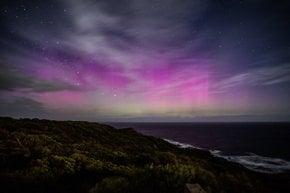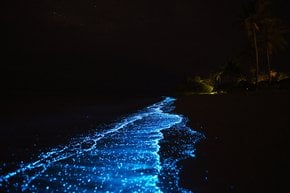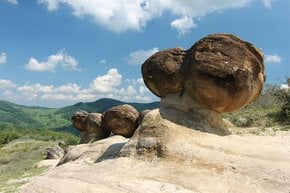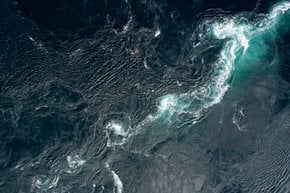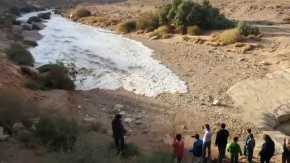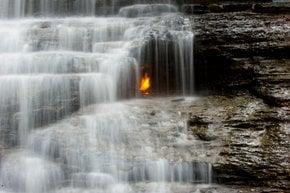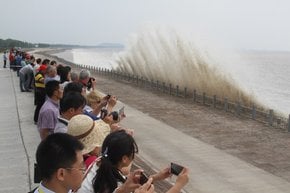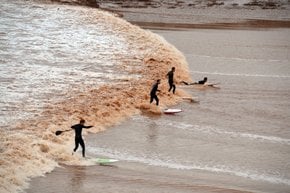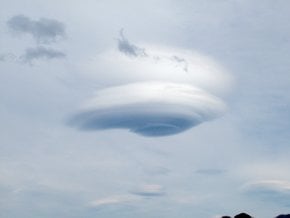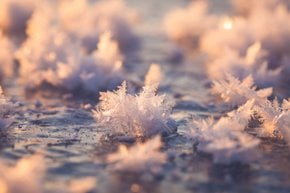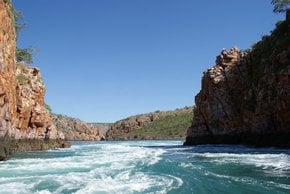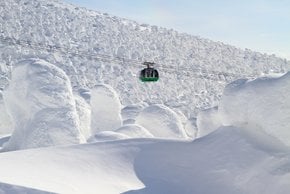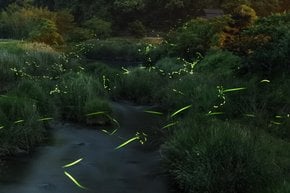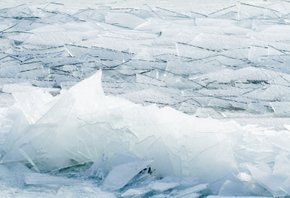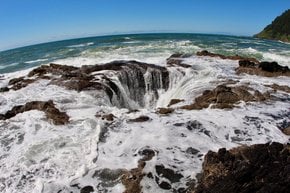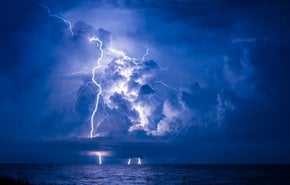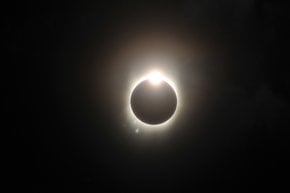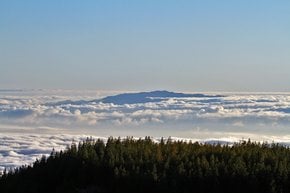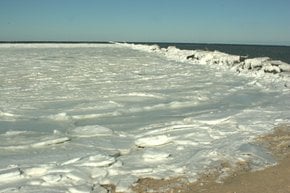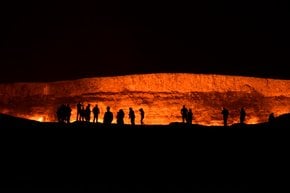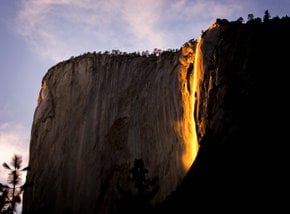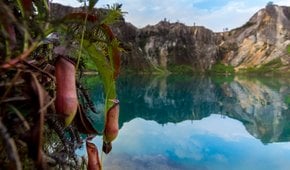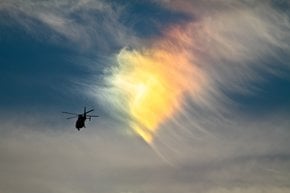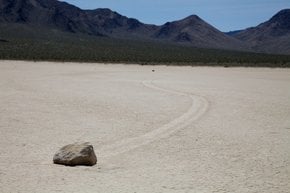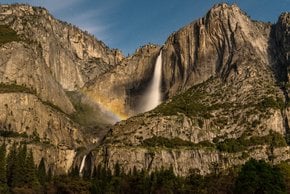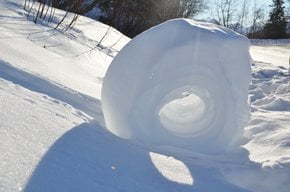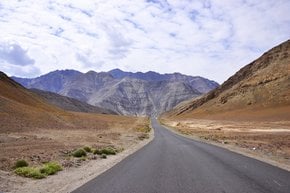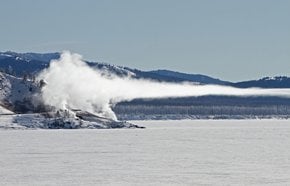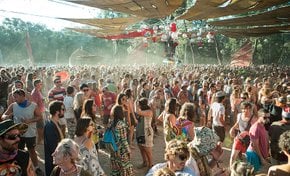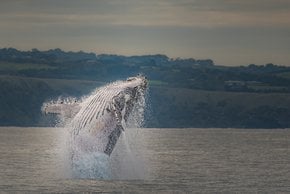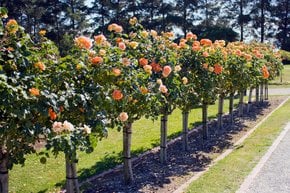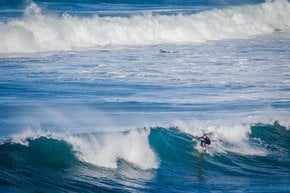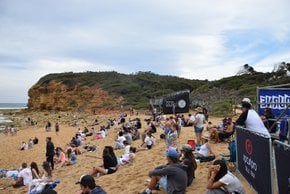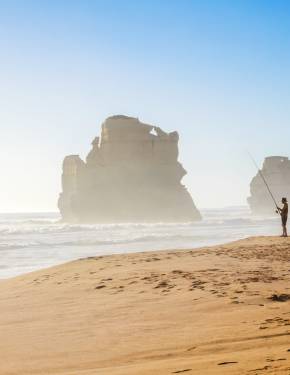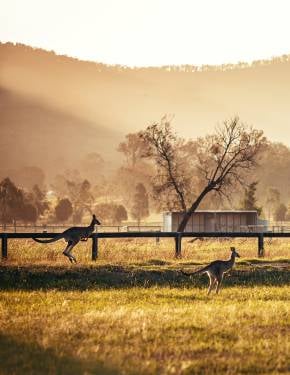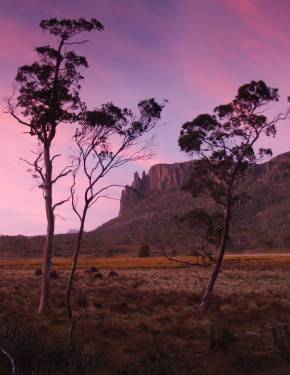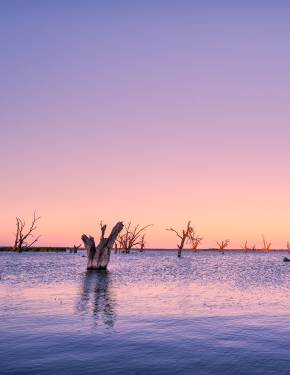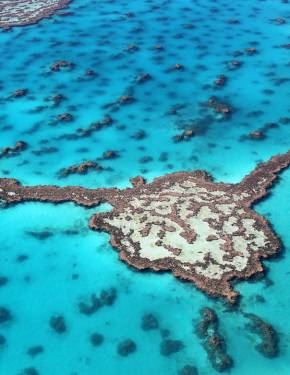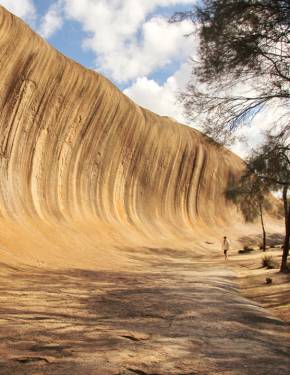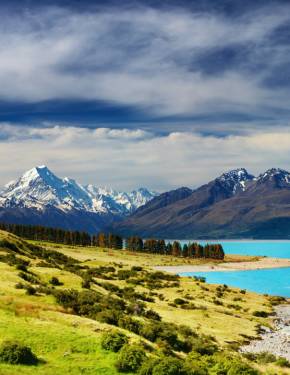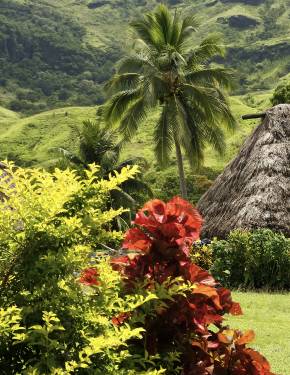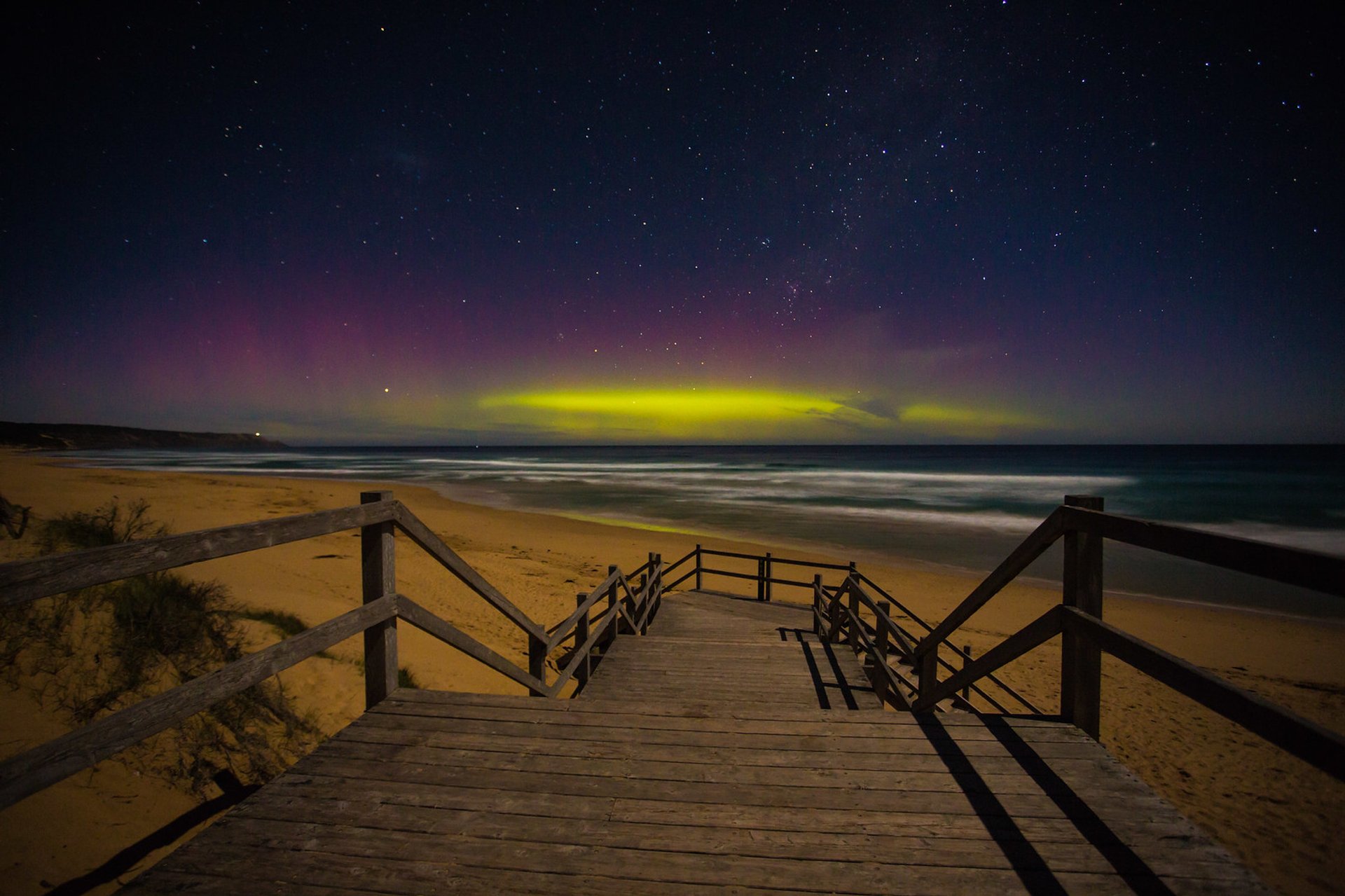
Victoria occupies southeast Australia and boasts over 1,200 mi (1,900 km) of coastline. Such a lucky position promises hundreds of miles of southward views across the Bass Strait, which separates the Australian mainland from the island of Tasmania. Most aurora-viewing spots are concentrated on the southern coast of Victoria; however, there is a number of excellent places well into mainland Australia for watching the southern lights.
Best time to see the aurora australis in Victoria
The elusive southern lights are never a guaranteed spectacle, but the thrill of the chase could be part of the fun. Theoretically, the aurora australis can be visible year-round. However, as the dark sky is one of the crucial factors for the aurora-viewing, you might want to aim for May–August period. At this time of the year, nights are longer, so there is more time for chasing the lights. Solar activity also peaks at September equinox, when the southern lights are most probable to be seen. Locals say they get lucky to see the aurora on summer nights too, but wintertime is generally the best time of the year for catching the southern lights. Aurora alert apps and Facebook groups come in handy as on some days you could get a 30-minute notice, grab your camera, and capture the mesmerizing beauty of the universe.
Where to see the aurora australis in Victoria
The further south you go, the higher are the chances for spotting the aurora australis. Plan your trip around other activities, as the probability of the southern lights celestial show is rather small. Wilsons Promontory Wilsons Promontory National Park is a standout for its true dark skies and the southernmost location, about a three-hour drive from Melbourne. The park offers nature adventures and serene landscapes by day and a mesmerizing starscape by night. To enhance your aurora-chasing luck, stay at Tidal River Campground or book one of the local cabins or wilderness retreats. Mt Buffalo National Park The park in northern Victoria with almost no light pollution to the south. The best views open from The Horn, the highest point in Mount Buffalo National Park at 5,653 ft (1,723 m). The high altitude ensures about the same views as the lookouts down on the coast. Dress warm as it's pretty cold up there, even in summer. In the winter months, be cautious on icy roads. Spring brings rains to Mt Buffalo National Park, so it's the prime time to see the waterfalls in full flow. Mornington Peninsula Cape Schanck is one of the most popular aurora-viewing spots on the Mornington Peninsula. There are lots of other activities in the area besides aurora chasing: a visit to the Cape Schanck Lighthouse with a museum, a hike along the Bushrangers Bay Nature Walk, a climb to Pulpit Rock, or a relaxing dip in the Peninsula Hot Springs, to name a few. For the best views, drive east of Cape Schanck, to the Blowhole Lookout, and walk the Flinders Blowhole Walking Track for some solitude on a starry night. Lots of beautiful aurora pictures have been taken at the Blowhole. Bellarine Peninsula Southwest of Melbourne, the Bellarine Peninsula offers several sites for chasing the aurora australis. Point Lonsdale Lighthouse, one of the favorite spots on the peninsula, promises postcard views over the entryway from the Bass Strait to the Port Phillip Bay. Great Ocean Road Drive along the legendary Great Ocean Road to reach small communities with little light pollution, overlooking the Bass Strait waters. The cozy coastal town of Anglesea, off the Great Ocean Road, is surrounded by nature conservation areas, so it's an excellent place for patient aurora watchers. Another settlement known for colorful aurora shots is Aireys Inlet, a hamlet with a population under 1,000 people. On the western side of the Great Ocean Road, you can combine aurora watching with another iconic spot—Twelve Apostles, a group of limestone piles off the shore of Port Campbell National Park. Melbourne area For those staying in the Melbourne area, there is a number of excellent aurora-viewing spots within an hour drive from the city. Pick any place facing Port Phillip Bay with little light pollution and wait for the celestial spectacle. Point Cook and Werribee South on the west shore of the bay or Beaumaris on the east shore are some of the places you could add to your list of aurora-viewing spots in the Melbourne area.
What can you expect?
Aurora-chasers report certain difficulties with being able to see 'the lady.' A lot of travelers expect to see the celestial show any time of the year merely by going to the locations mentioned above. When they get to the place, they often stand there watching disappointingly at the dark sky. From mainland Australia, even the strongest aurora is only seen as a weak white glow with not much of color. For more enhanced colors that cannot be seen with the naked eye, you need a camera capable of taking long exposures. Moreover, a camera needs to be steady, so a tripod is another thing to keep in mind.
Practical info
When is the best time to see the Aurora Australis in Victoria?
You can catch a glimpse of the Aurora Australis in Victoria from May to September. This period is ideal because of the prolonged nighttime hours. The September equinox is an excellent time to spot the southern lights due to increased solar activity. It's recommended to join aurora alert apps or Facebook groups to get notified when the Aurora is visible in Victoria. Show more
Where are the most popular Aurora viewing spots in Victoria?
Wilsons Promontory, Mt Buffalo National Park, Mornington Peninsula, Bellarine Peninsula, and Great Ocean Road are famous locations to view the Aurora Australis in Victoria. Being near the coast with less pollution and a clear view of the southern sky is an added advantage. Head to the southern regions for a better sight of the natural phenomenon. Show more
How likely is it to see the Aurora Australis in Victoria?
The Aurora Australis is a rare natural occurrence and there is no guarantee of spotting it. With the naked eye, you will only see a faint white glow from the mainland. To view the enhanced colors, it's recommended to use a camera capable of long-exposure shots. Keeping track of solar activity and joining aurora alert groups will increase your odds of catching the Aurora Australis. Show more
What activities can I do besides Aurora chasing in Victoria?
While in Victoria, nature adventures and serene landscapes await. Take a tour of the Cape Schanck Lighthouse Museum, hike along Bushrangers Bay Nature Walk, climb to Pulpit Rock or unwind at Peninsula Hot Springs. Victoria is dotted with scenic National Parks featuring waterfalls and lookout points. Show more
What camera settings and equipment do I need for photographing the Aurora Australis?
Using a camera that facilitates long-exposures is a must to photograph the Aurora Australis. A robust tripod helps keep the camera steady. A wide-angle lens with a low aperture setting captures as much light as possible. Set the ISO at a low level to reduce digital noise. Pay attention to manual focus; otherwise, the foreground landscape will obscure the Aurora. For better results, use a remote cable release to avoid any camera shake. Show more

